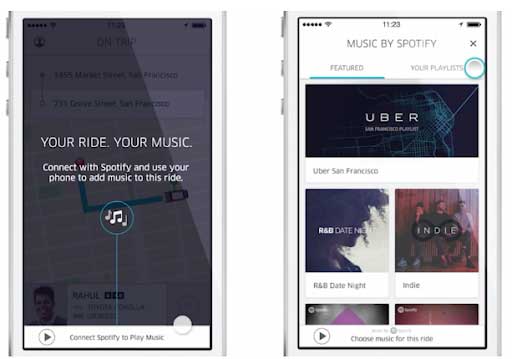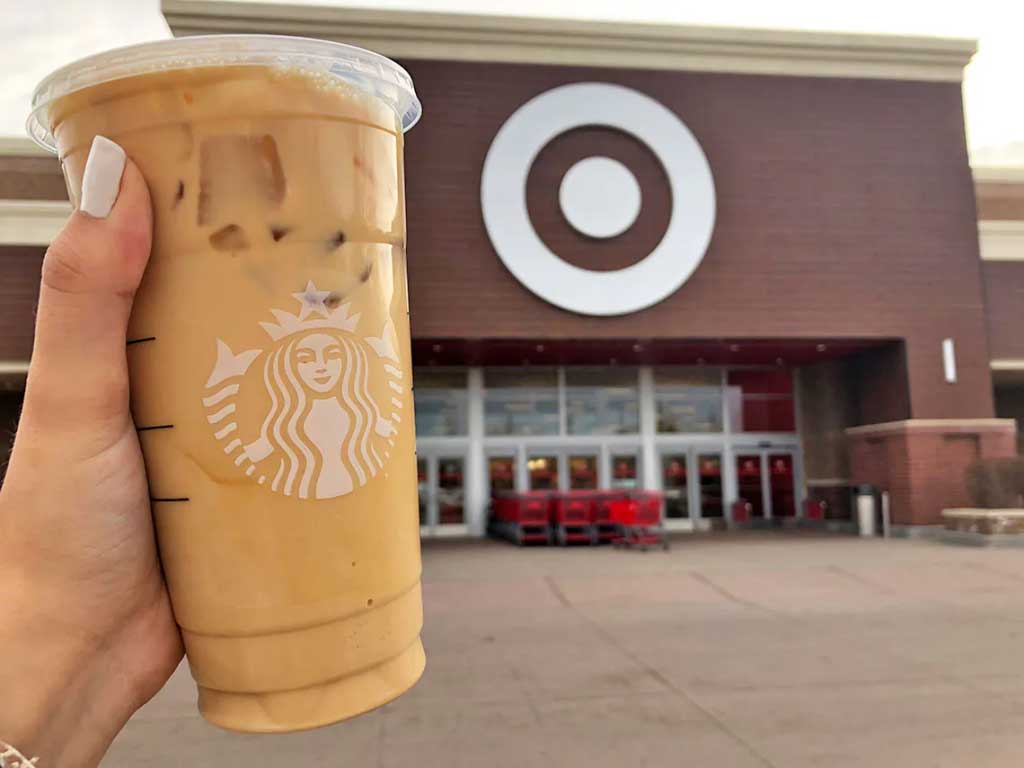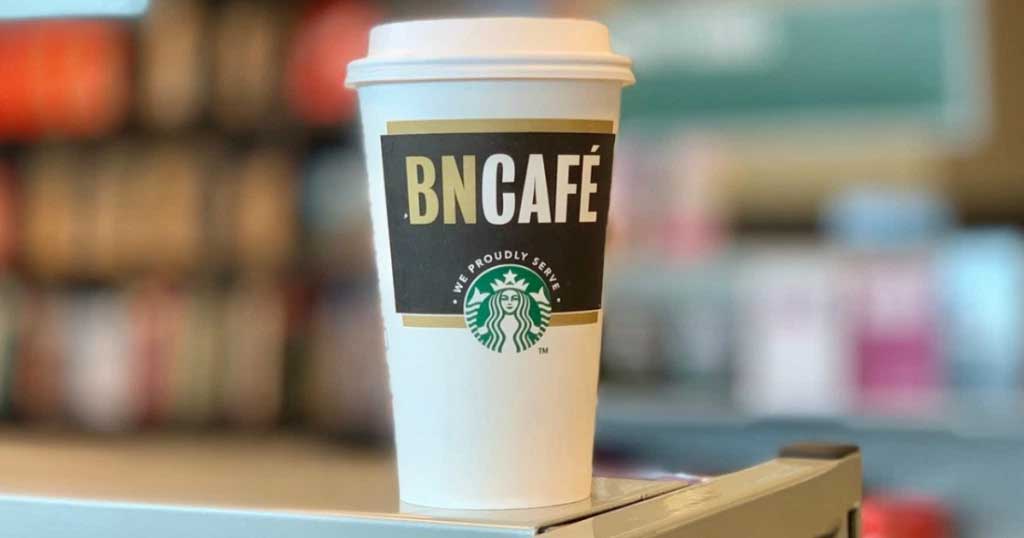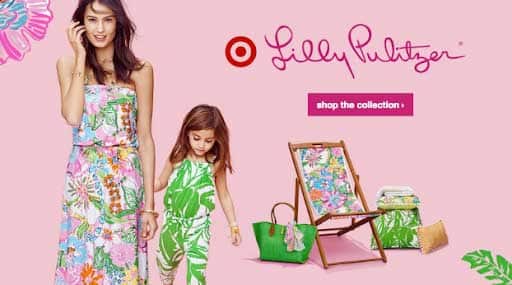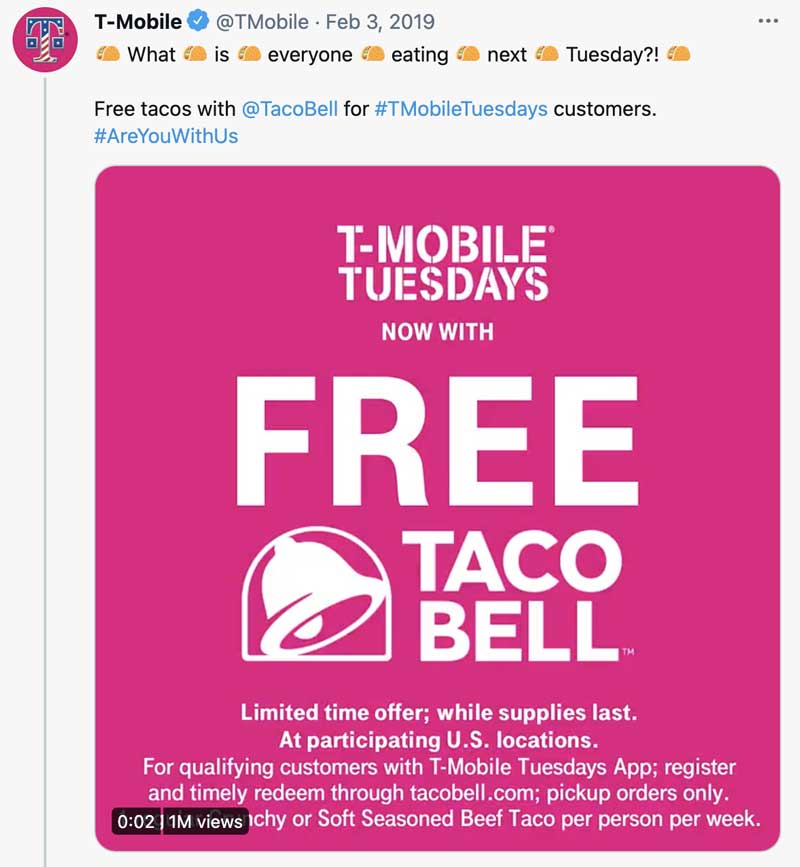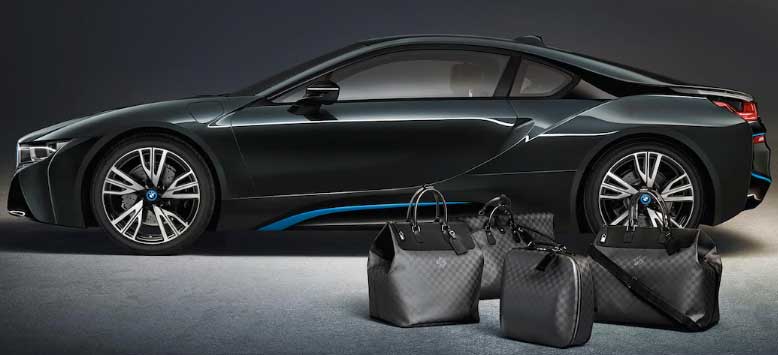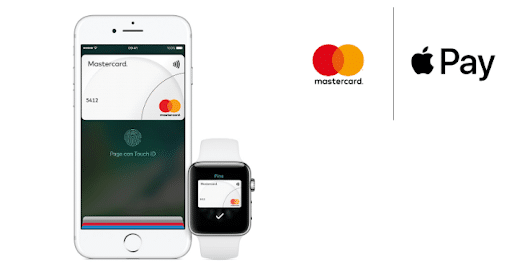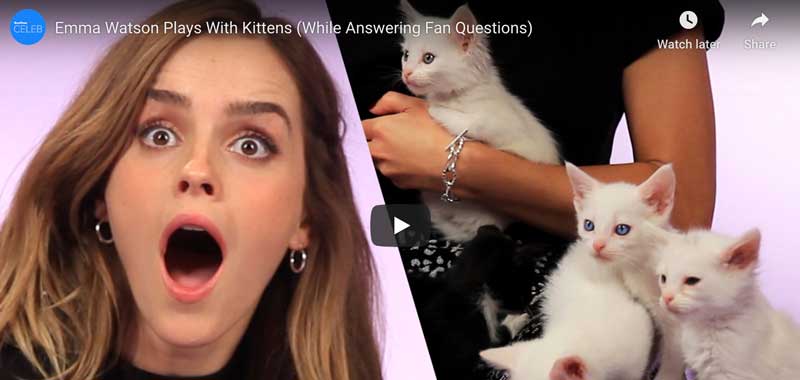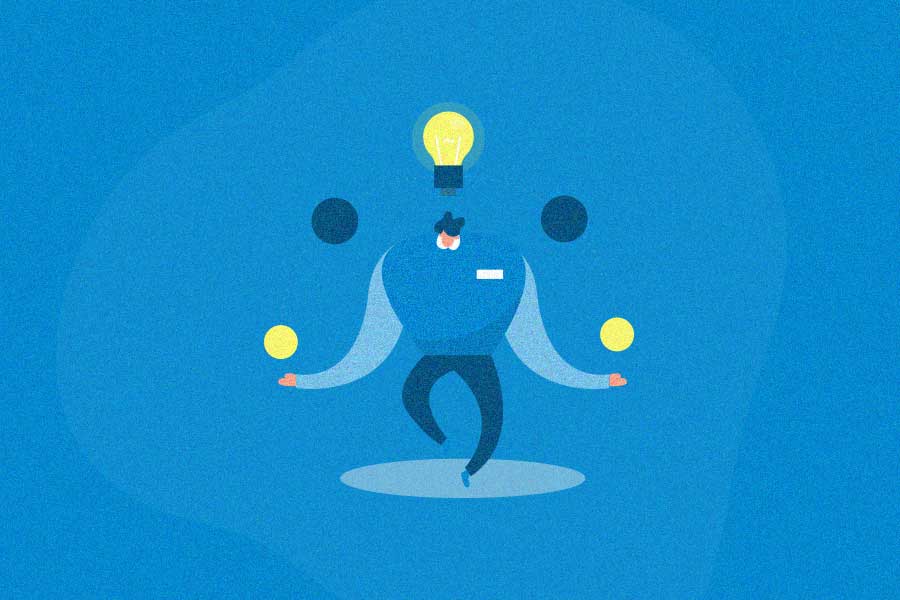Ever wondered how some brands double their customer base overnight without spending double on advertising? That’s not an accident – that’s strategic alliance brilliance happening right before your eyes. Let’s talk about business matchmaking that actually works!
A strategic alliance, or strategic partnership, is like the business equivalent of finding your perfect gym buddy. You’re both independent (no awkward mergers here!), but you’ve agreed to spot each other. Strategic alliances are clearly defined partnerships where both companies share resources to conquer new markets, beef up both brands, grab more market share, and achieve mutual benefits that would’ve been impossible flying solo.
The most successful strategic alliances deliver obvious benefits to both audiences that make them say “well, duh, this makes perfect sense!” When both fan bases are nodding along, both businesses expand their reach and watch those sales numbers climb.
We’ve hunted down 10 jaw-dropping examples of big brands who’ve paired up and crushed it together. Consider these strategic alliance examples your inspiration fuel for creating your own power couples in business.
What is a strategic alliance?
A strategic alliance is basically a business power couple – a business relationship where two companies stay independent, but partner up to crush common goals, tap into each other’s audiences, get competitive advantages, and amplify their brand visibility together.
This partnership lets brands pool resources together and gain access to new markets, strengthen both of their brands, increase market share, and get results they might not be able to see on their own.
(Think affinity marketing where brands share the love, or co-branding new products so irresistible they practically sell themselves!)
The absolute best strategic alliances deliver obvious benefits to both audiences that make them say “well, duh, this makes perfect sense!” When both fan bases are nodding along, both businesses expand their reach and watch those sales numbers climb. It’s not just win-win – it’s win-win-cha-ching!
Even though the examples we’re covering are from big brands, small businesses absolutely need to get in on this action too – you don’t need to be a corporate giant to form powerful partnerships. Just be crystal clear about what you want to achieve and make sure you’ve got something valuable to bring to the table that makes it a true win-win.
Top 10 strategic alliance examples
Need proof that strategic alliances work? Just look at the dream teams crushing it with their synergy: Uber letting you DJ your ride with Spotify, Target putting Starbucks inside their stores so you shop longer (genius!), Disney and Chevrolet creating theme park magic together, and Red Bull+GoPro capturing all those “holy cow” extreme sports moments.
You’ll notice some popular brands, like Target and Starbucks, are mentioned in more than one strategic alliance example. If this type of partnership works for you, it can be used to grow your markets in many ways. Just be sure to time your strategic alliances and choose your partners wisely.
Here are our top 10 strategic alliance examples:
- Uber and Spotify
- Starbucks and Target
- Starbucks and Barnes & Noble
- Disney and Chevrolet
- Red Bull and GoPro
- Target and Lilly Pulitzer
- T-Mobile and Taco Bell
- Louis Vuitton and BMW
- Apple Pay and MasterCard
- BuzzFeed and Best Friends Animal Society
1. Uber and Spotify
Uber’s partnership with Spotify isn’t just clever – it’s genius! It lets Uber riders stream their personal Spotify playlists during rides, making every trip feel tailor-made just for them while nudging Uber riders toward Spotify Premium subscriptions (for even better control of their soundtrack, in and out of the car).
Why’s this such a smart move? Uber’s competitors can’t offer this personalized music experience, giving them a serious leg up on Lyft and other rideshare services. Plus, not all Uber riders use Spotify, and not all Spotify users ride with Uber – meaning both brands just unlocked access to each other’s massive audience base. Talk about a perfect match!
2. Starbucks and Target
When it comes to legendary strategic alliances, Starbucks and Target wrote the playbook. You can’t miss it – the moment you step into Target, there’s a Starbucks counter ready to caffeinate your shopping adventure.
These brands didn’t stumble into this partnership by accident. They know they share the same audience – busy shoppers looking for affordable “little luxuries” and quick escapes from everyday routines.
This dynamic duo has been going strong since 1999 (that’s practically a lifetime in retail years!). Thousands of Target stores now host Starbucks cafes, fueling people’s infamous “Target runs.” And Target shoppers know if hunger or thirst strikes mid-shopping spree, Starbucks has their back without ever leaving the building.
3. Starbucks and Barnes & Noble
Starbucks wasn’t content with just one retail superstar partnership – they created another winner with Barnes & Noble. While many brick-and-mortar bookstores have fallen victim to Amazon’s dominance, Barnes & Noble has managed to stay in the game.
One big reason? Those cozy co-branded Starbucks “B&N Cafes” nestled inside most Barnes & Noble locations. Let’s be honest – a hot drink and a good book are the original power couple, giving bookworms extra incentive to visit physical B&N stores instead of clicking “buy now” online.
Meanwhile, Starbucks gets to reach even more customers and boost sales by differentiating itself from competitors. That’s what we call a page-turning partnership!
4. Disney and Chevrolet
At Walt Disney World’s EPCOT, Disney and Chevrolet teamed up to create Test Track – not just any thrill ride, but an immersive Chevrolet brand experience from start to finish. In this alliance, creative minds from both powerhouses collaborated to build something neither could have pulled off alone.
As guests move through the queue, they’re treated to behind-the-scenes Chevrolet design videos and showcases of current and futuristic models. Then comes the fun part – designing your own custom Chevrolet in an interactive game before “test driving” your creation on the actual ride.
After the adrenaline rush, visitors can check out the latest real Chevrolet vehicles, chat with Chevrolet reps, and even star in their own Chevrolet commercial featuring their designed car.
Chevrolet gets massive brand exposure to millions of annual visitors, while Disney leverages the car company’s design expertise to create an unforgettable experience for guests. That’s how you turn a corporate partnership into pure magic!
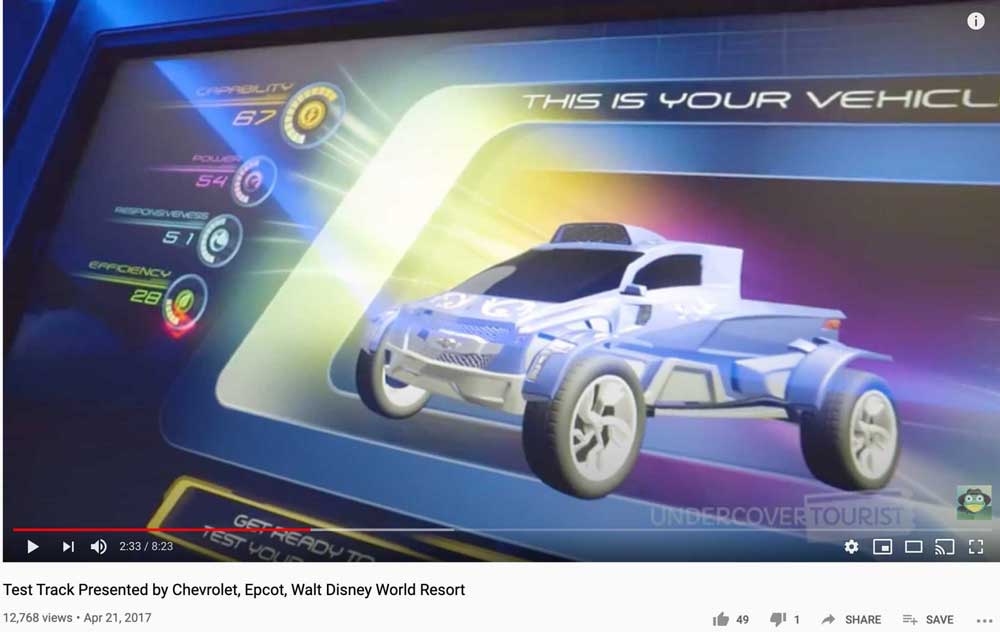
5. Red Bull and GoPro
When Red Bull teamed up with GoPro in 2012 to document a record-breaking stratosphere skydive, they weren’t just creating content – they were making history. Red Bull backed the jaw-dropping jump, while the skydiver wore a GoPro camera to capture every heart-stopping moment.
The partnership was such a hit that the two brands forged a long-term alliance for Red Bull extreme sports events like Red Bull Rampage. Now, GoPro cameras exclusively capture the death-defying POV shots that make these events so thrilling to watch.
This partnership works like a charm because both brands speak to the same audience of thrill-seekers and adrenaline junkies. Thanks to joining forces, both brands have cemented their association with next-level extreme sports that make ordinary people’s jaws drop.
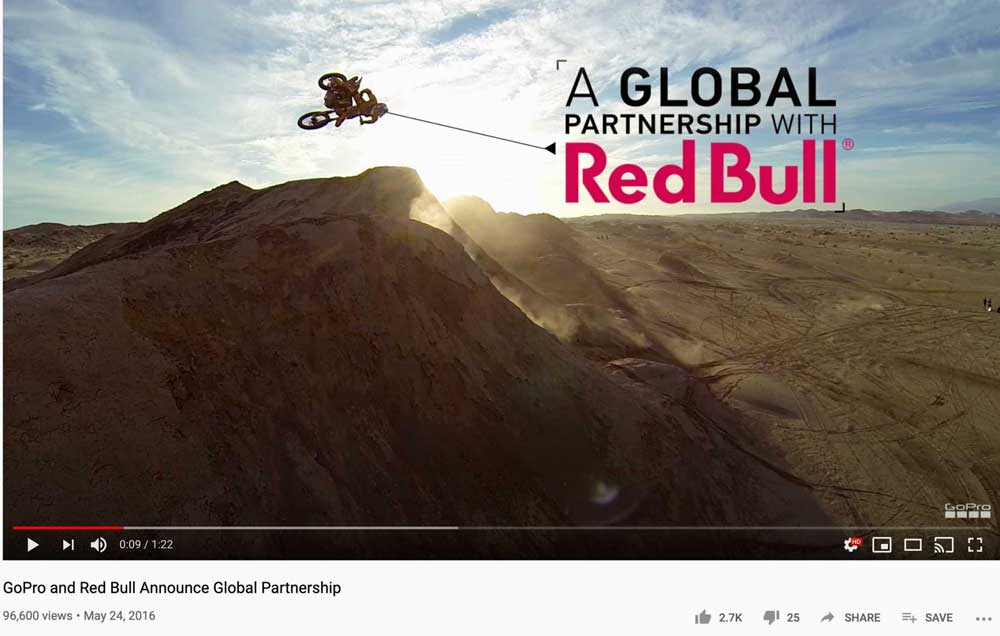
6. Target and Lilly Pulitzer
Lilly Pulitzer might be famous for its vibrant, colorful patterns, but its luxury price tags put it out of reach for most shoppers. Plus, with stores mainly concentrated in eastern and southern states, many fashion fans could only admire from afar.
That all changed in 2015 when Lilly Pulitzer and Target joined forces to launch an affordable, limited-edition collection available nationwide. This partnership gave Lilly Pulitzer fans budget-friendly options while generating massive buzz for Target by offering designer goods at Target prices.
And buzz they got! The collection didn’t just sell well – it practically vanished within hours (sometimes minutes!) of hitting shelves. This prompted multiple follow-up collaborations in later years, all with the same lightning-fast sellouts. Talk about creating demand through scarcity!
7. T-Mobile and Taco Bell
During the 2019 Super Bowl, T-Mobile and Taco Bell unveiled a partnership that had fans cheering: T-Mobile customers could claim a free taco every Tuesday through the T-Mobile app – no purchase necessary!
This genius move boosted T-Mobile customer loyalty (who doesn’t love free food?) while driving Taco Bell foot traffic. And let’s be real – who gets just one taco? Most customers grabbed their freebie plus other menu items, and many made Tuesday Taco Bell runs a weekly habit that continued even after the promotion.
Why did this odd couple work so well together? As Convince and Convert pointed out, both brands’ customers “skew male, they skew younger, and they skew toward value seekers.” Combine that natural alignment with Super Bowl ad exposure and social media buzz, and you’ve got a partnership worth talking about with your mouth full!
8. Louis Vuitton and BMW
When luxury recognizes luxury, magic happens. Even though Louis Vuitton and BMW operate in completely different lanes (fashion vs. automotive), they’re both elite luxury brands obsessed with exceptional craftsmanship.
The logic is simple: If you can afford a BMW, you can probably swing a Louis Vuitton bag too. Sharing this high-end audience and core values, the brands collaborated to create a collection of Louis Vuitton bags custom-designed specifically for the BMW i8.
As Patrick-Louis Vuitton, Head of Special Orders, put it: “This collaboration with BMW epitomizes our shared values and creativity, technological innovation and style.”
The four-piece luggage set features sleek black exteriors with electric blue linings that perfectly match the i8’s distinctive aesthetic. Each piece is crafted from carbon fiber – the same material used in the car’s passenger cell – and the entire set fits perfectly into the i8’s parcel shelf like pieces of a high-end puzzle.
At $20,000 for the set, these bags weren’t for everyone – but they weren’t meant to be. For someone dropping $135,000+ on a car, these matching accessories were the perfect finishing touch.
9. Apple Pay and Mastercard
When Apple unveiled its revolutionary Apple Pay system for contactless payments, it needed credit card companies willing to embrace the future alongside them.
Mastercard didn’t just join the party – they arrived first. When Apple Pay launched, only Mastercard customers could pair their cards with iPhones to make purchases without physically having their cards present.
By jumping on this opportunity early, Mastercard aligned itself with Apple’s cutting-edge reputation and positioned itself as a forward-thinking financial player. This early alliance paid additional dividends later when Apple partnered with Mastercard again to launch the Apple Card. Sometimes being first through the door is all it takes to change the game!
10. BuzzFeed and Best Friends Animal Society
Strategic alliances aren’t just for profit-seeking companies – partnering with nonprofits can create magic too, as long as the connection feels authentic. BuzzFeed and Best Friends Animal Society proved this with their simple yet effective content partnership.
One of BuzzFeed’s viral hits featured actress Emma Watson (of Harry Potter and Beauty and the Beast fame) answering fan questions while playing with adorable kittens. The twist? All those cuddly kittens were available for adoption through Best Friends Animal Society.
This partnership gave BuzzFeed heartwarming, shareable content that aligned with their values, while Best Friends gained exposure to BuzzFeed’s massive 200-million reader audience. The result? More adoptions, more awareness, and more people hitting that “share” button. Sometimes the best partnerships are the ones that make you go “awww!”
Types of strategic alliance
Strategic alliances come in different flavors. Here are the three main types:
- Joint venture: Two companies come together to launch a new business entity, where profits are shared
- Equity strategic alliance: One or both partners purchase shares in the other company
- Non-equity strategic alliance: Partners pool resources to launch a joint initiative or project, but they both remain fully independent companies. They don’t form a new entity, and no equity changes hands.
The examples we’ve showcased in this article are non-equity strategic alliances, the most common type.
Next steps for exploring a strategic alliance
As these 10 successful examples show, partnering with another brand can be incredibly rewarding when both sides benefit from the relationship.
Look for potential partners with similar audiences and goals, and be crystal clear about what each brand brings to the table and takes away from the partnership.
Even though the strategic alliance examples we shared are between large, established businesses, you don’t need to be a corporate giant to benefit from strategic alliances. Small businesses and startups can create equally powerful partnerships – just be clear on your objectives and ensure you have valuable resources to contribute to a genuinely mutual relationship.
For more tips on starting a partnership with another brand, be sure to read our article on affinity marketing.
Or check out related articles focused on partnerships:

